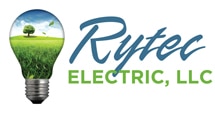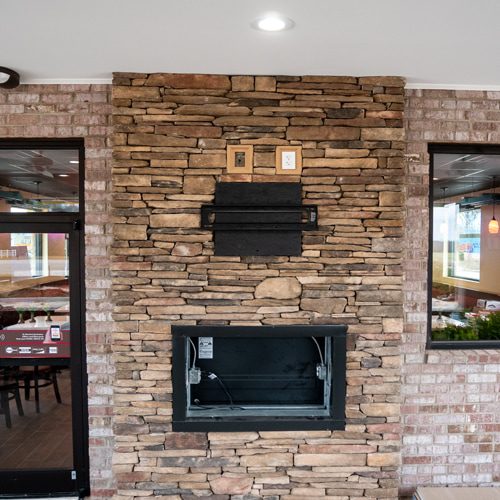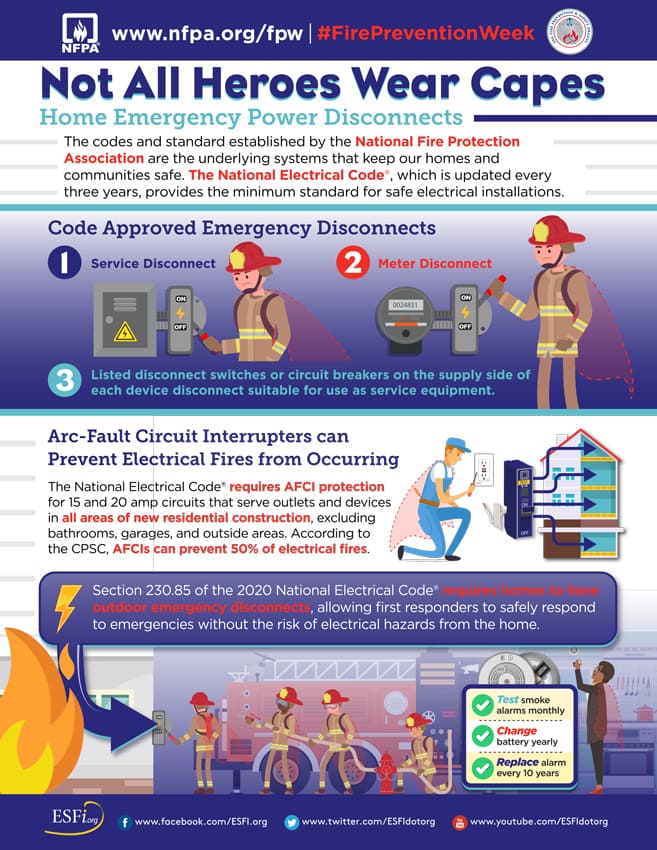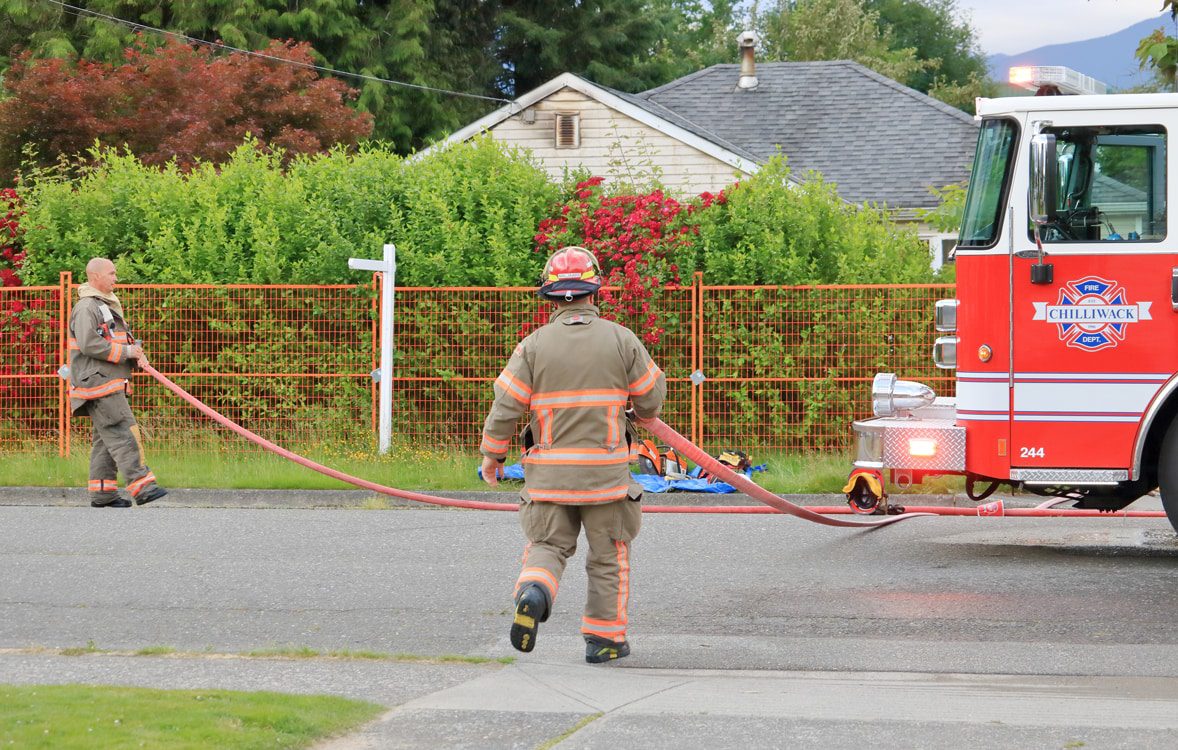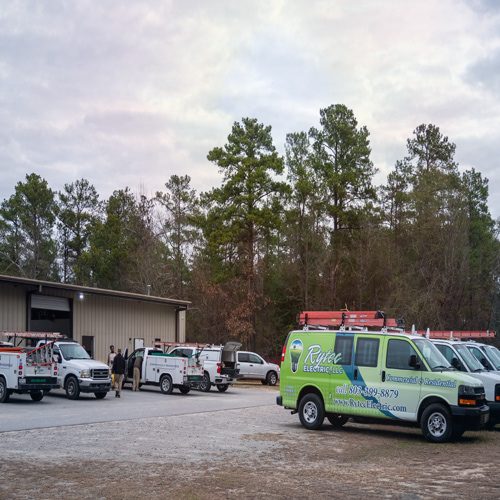2020 National Electrical Code Changes
Builders and general contractors need to know that their work meets national electrical codes in all aspects, so it’s important to hire an electrician that is familiar with the most up to date electrical code handbook changes. We ensure all of our staff familiarize themselves with the new changes that come out each year. Here we will outline the most important changes in the electrical code handbook for 2020, and how it will affect your current and future projects.
Changes in the 2020 NEC Handbook
There were several changes made in the 2020 codes handbook. Some of these will be significant for those handling renovations or with new construction projects already underway. We will go into how these changes will affect your projects, but first here are the actual changes made:
Surge Protection for Dwelling Units
As of 2020, surge protection is required for dwelling units. New and replaced electrical equipment and systems must incorporate Type 1 or Type 2 surge protective devices. Surge protectors protect appliances and devices that may not have built-in surge protection. It is estimated that the average home as about $15,000 worth of devices and appliances that could be affected by an electrical surge.
The two types of acceptable surge protection devices differ in where in the electrical load they are installed. Type 1 surge protection devices are installed before the main device in the load center, whereas Type 2 surge protectors are installed following the main device. Most often, new construction will install Type 1 surge protectors, while renovations will install Type 2 surge protectors.
New GFCI Requirements
Ground fault circuit interrupters (GFCIs) have been included in the electrical code since the 70s. Yet these protections are expanded upon during each revision of the code, including the new 2020 version. GFCIs must be installed in any location where there may be water, including kitchens, bathrooms, garages, basements, and outdoors. GFCIs shut down power to a circuit when that circuit has ground faults or leakage currents. They protect against electrocution.
With the new regulations, GFCIs are now also required in non-dwelling units and marinas.
Emergency Disconnects Now Required
With the 2020 updates to the electrical code, outdoor emergency disconnects are required in all new construction and renovations, or units in which the electrical system is being replaced, in one- and two-family dwellings. Outdoor emergency disconnects allow first responders to disconnect electricity in the home to eliminate electrocution hazards, such as for firefighters. The regulations require that the emergency disconnect be located at the point of service, at the meter, or at disconnect switches.
The new codes handbook also contains new rules for service disconnect at panel boards to protect electrical workers from potential electrocution hazards. This is done through de-energizing panel boards that are required for new construction and renovations.
Additional Changes in the 2020 NEC
There were a few additional minor changes to the electrical code in 2020. These changes were not extensive but can impact new construction and renovations. These changes include:
• Updated NEC requirements of power over ethernet to reflect the newest advances in this technology.
• Modifications to the tables used to calculate electrical loads to meet the standards of energy efficiency.
• Cables installed on ceilings and walls must be covered.
Other changes are primarily in the way that information is organized, as well as a few updates for changing technology.
Motivations for 2020 Code Updates
The proposed changes for the 2020 handbook began almost immediately after the 2017 version was released. The process is an extensive one that lasted for three years, starting with public comments and ending with a panel of experts voting on the actual changes to the code. There was a lot of speculation about what changes might be incorporated, and some of them didn’t make the cut. Here are some of the motivations behind the major changes in the code.
Striking a Balance on GFCIs
Many public comments on GFCIs went toward the excessive, with some people wanting to see GFCIs installed in all outlets of a dwelling. Others claimed that no changes needed to be made other than applying them to non-dwelling units and marinas. The actual code changes were somewhere in the middle, requiring more GFCIs but preventing it from being a hardship on contractors and electricians.
Emergency Power Disconnects for First Responders
Many areas of the country already install emergency power disconnects, and for those areas there won’t be many changes. The new code does require that these disconnects are clearly marked so that they can be quickly found by first responders and electrical workers. The motivation behind this regulation addition is to further protect those who may need to enter or perform on the premises from potential electrical hazards.
Updates to Technology
The vast majority of the changes made in 2020 were made due to updates in technology. Power over ethernet and energy efficiency are two areas in which the country has made significant advances in the last few years.
While there were always regulations for how surge protectors were installed, their absolute requirement is new. Many of the changes made to the code were made because some areas of the country or industries were already using these practices, and it was determined that they were beneficial for all.
Industries Affected by 2020 Electrical Code Updates
Almost every industry will be affected by some part of the 2020 electrical code updates. Primarily, single family and two-family dwellings are the most impacted by the changes. Many of the changes to the code are practices that have already been in place for commercial or industrial buildings. However, certain industries will be more impacted by the changes than others.
Some of the industries and types of buildings affected include:
- Marinas.
- Office buildings.
- Warehouses.
- Manufacturing facilities.
Some of the changes in the new electrical code are regulations that have been in place for dwellings and are now also required for non-dwellings. This means that virtually any building or industry could be affected by at least some of the changes to the code.
Updating Construction Projects to New Electrical Codes
For new construction, updating projects will not be difficult. The primary changes are in GFCIs, surge protection, and emergency shut offs. These devices and systems should be easy to install in new construction, even if they were not planned for in the initial construction plans. We can help you understand how code updates will affect your plans and help you determine the additional costs, if any, of meeting the new regulations.
For renovations, updating projects may be more complicated. Some electrical systems may need to be updated significantly to meet the new codes requirements. If you are working on a renovation of a home built in the last 30 years, the electrical system will likely need several updates to meet the new codes. Renovations of office buildings and other non-dwelling units may be less complex, as fewer changes apply to these buildings.
Conclusion: Staying Ahead of Code Updates and Changes
At Rytec, we endeavor to stay up to date on all codes changes, as well as best practices in the industry. While the 2020 changes are important, they do not represent all of the updates that are possible. Some practices from certain areas of the country were not included in the changes to the code, but they can still be helpful for new construction and renovations. Moving forward with new codes and best practices combined will decrease chances of the building being out of code upon the next renovation.
Rytec has significant partnerships with local businesses and regulators that help us stay connected and up to date on the latest changes in electrical systems. We stay ahead of the times, making sure that your projects meet the highest quality and safety standards.
For more information about the new 2020 codes handbook, or to discuss how we can help you make sure that your projects conform to the newest technology and codes, contact us today.
You get more than just ordinary electrical repairs and installations when you choose Rytec Electric. If you’d like to book a free consultation with any of our trusted technicians, call us at 803-399-8879.
